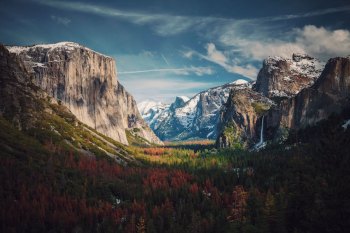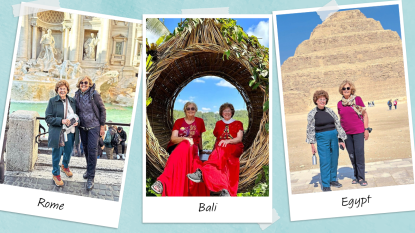“I’m on a Quest To Visit Every National Park — Here’s What I’ve Learned”
Have a great visit to any of America's national parks with these helpful tips
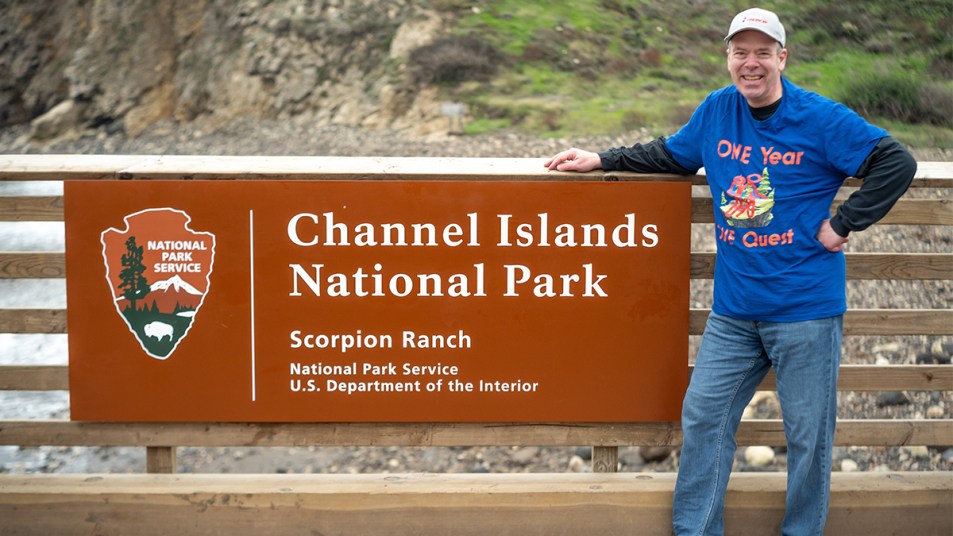
The United States is teeming with natural beauty, and this is undoubtedly on full display in the country’s National Parks. Each of the 424 parks offer its own unique experience, but all boast spectacular and memorable sights. Each year, millions of Americans plan a National park road trip. But one brave traveler is on an unusually impressive quest to visit every park within a year.
“Our National Parks are guardians of America’s lands and history,” says Thomas Wright, who shares his journey on ANationalParksQuest.com. “Today, people travel to these gems to witness wildlife, volcanoes, glaciers and forests. It is great to see. I have been within six feet of a brown bear, one foot from a mountain goat, stood in the caldera of the largest active volcano, and climbed Half-Dome.”
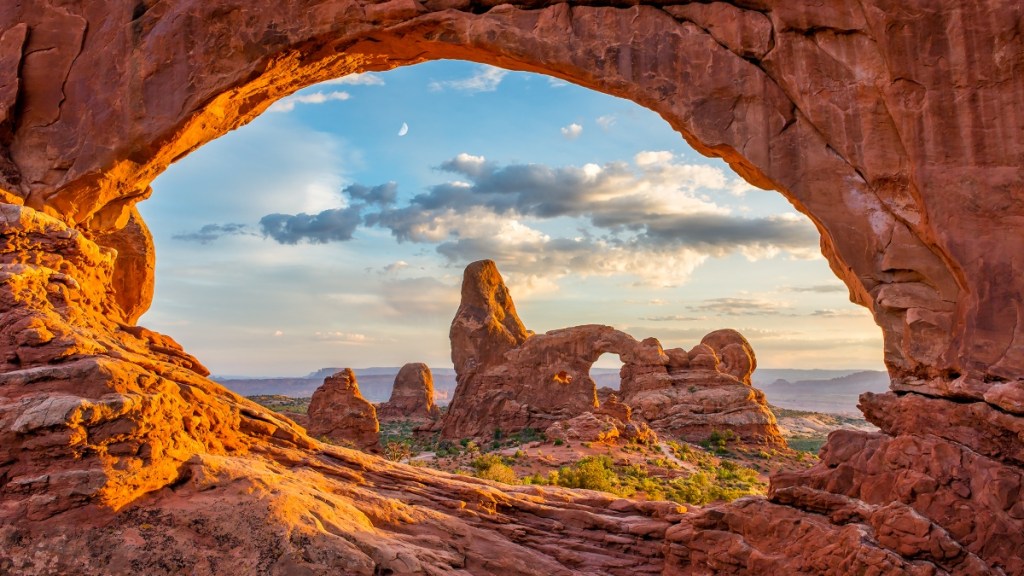
With so many studies confirming the countless benefits of spending time in nature, it’s no wonder people are heading out to the parks to experience the beauty for themselves. Yet, exploring a national park can seem a bit overwhelming. Luckily, we got the scoop on how to make it a stress-free and enjoyable trip no matter where you go. Below, Wright shares his best tips for making the most out of a National Park visit.
Let your unique personality guide you
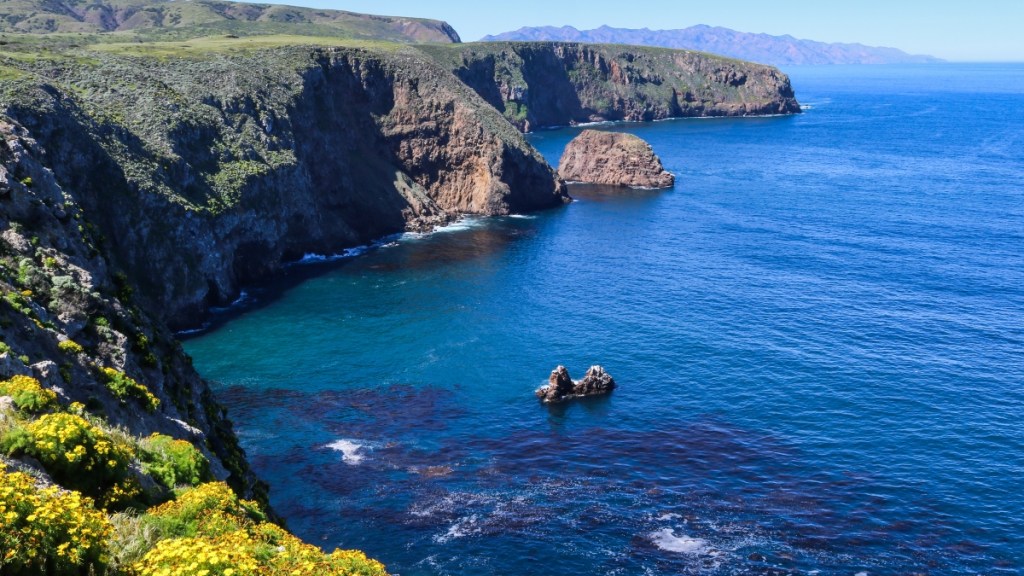
With more than 400 options to choose from, how do you pick a park? His suggestion: “Go with your personality.” Beach and sand lovers might have an especially great time at Great Sand Dunes National Park and Preserve; while someone who likes mountains will appreciate Arches National Park and Glacier National Park in Montana. (Click through to see more National Parks in the Pacific Northwest.)
“If one enjoys water, then by all means get out to Channel Islands National Park and Dry Tortugas National Park,” he says. Channel Islands, for example, is comprised of five islands and is known for its sea caves, 1932 lighthouse, seals and seabirds. Meanwhile the 100-square-mile Dry Tortugas Park is almost entirely dazzling water. (These Midwestern National Parks are worth a visit, too.)
Looking for large wildlife like bison and coyotes? “Head to Yellowstone [in California] or Glacier,” shares Wright. “The problem in the other parks is that the wildlife is not as interested in seeing you as you are in seeing them!” (Check out more Calfornia National Parks here.)
Head to the NPS website when planning
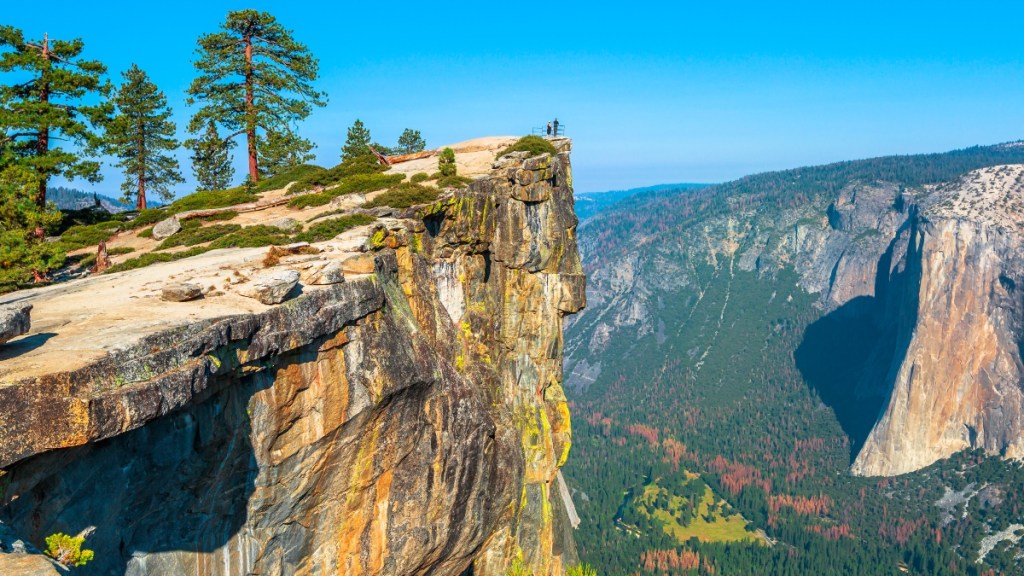
You’ve finally decided which park is calling your name, so now it’s time to plan! Wright says the National Park Service (NPS) website is a great place to start, and can let you know everything from operating hours and offered activities to available services and directions.
“Part of the planning should include what you want to accomplish in the park: any specific hike or climb, a drive on one or more roads, geological formations to stop and see, etc,” he says. “This will save you time upon your arrival.”
Make the Visitor Center your first stop
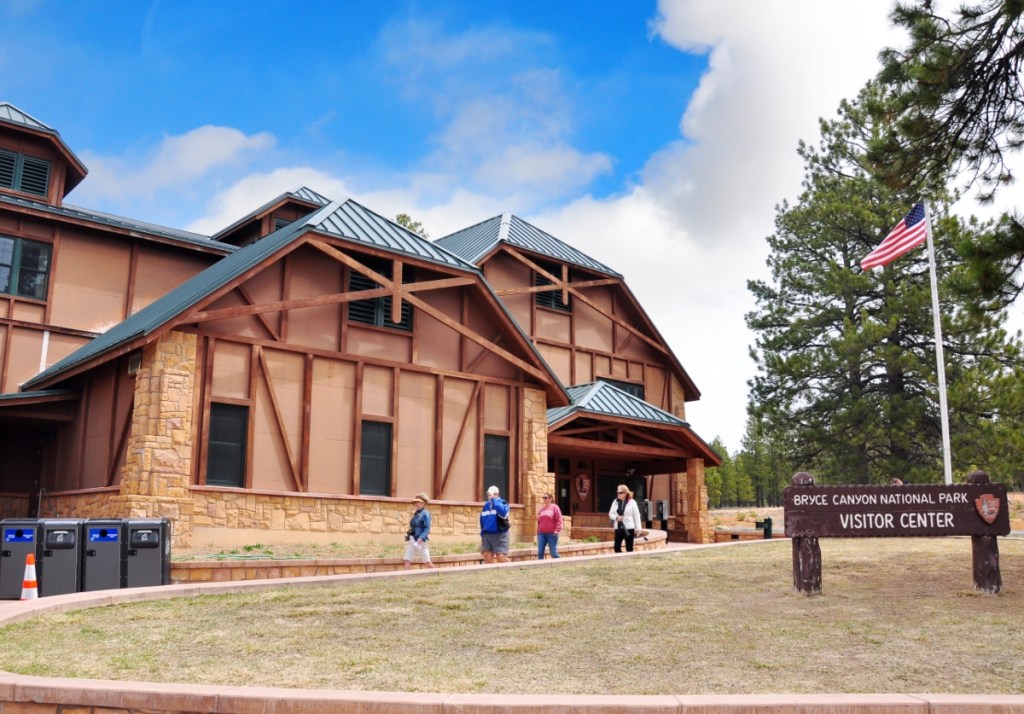
With the stress of travel behind you, you’re ready to take in all that the national park you’ve chosen has to offer. Before you start hitting the trails or snapping photos, Wright says you should make a point of stopping by the Visitor Center first.
“This is the hub for all activities and information,” he explains. Many parks have a movie in their theater that may be of interest to you, you can pick up stamps for Passport To Your National Parks program and grab an official park brochure.
“Plus, rangers can answer all your questions,” he adds. “’Has wildlife been seen in this or that area? Are any hiking trails closed? Any ranger programs for the day?’” Then you can get outside and really enjoy the park!
Pack smart for hiking
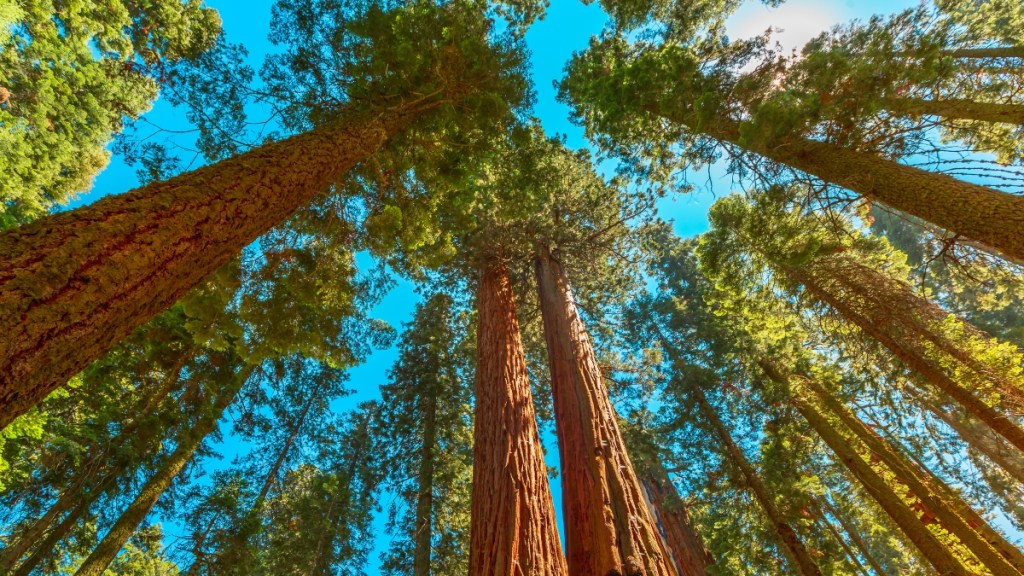
With parks offering trails of varying levels of difficulty and length, it’s likely you’ll spend some time exploring what they have to offer. “The length of a hike is the prime factor in determining what to bring,” says Wright. “For most people, a one-mile round-trip hike requires only a camera or cell phone.” (Click through to learn how to make money from your smartphone photos.)
Since larger parks can have trails starting at 10 and 20 miles, he recommends reading the NPS website for guidelines of how much water to carry on your hike. “A hiker should analyze other factors, such as terrain, temperature, rain/sun, probability of wildlife (and insects) and their own body’s temperament to activity,” he adds. (Click through for stunning East Coast National Parks)
Hiking boots are a must for long hikes, he says, and hiking poles can be especially helpful for certain terrains. (See how walking poles can help you lose serious weight.) Plus, they can serve another purpose when it comes to certain wildlife you may encounter: “Bells on the end of hiking poles work to keep those furry critters away from you,” he says.
Be open to opportunities
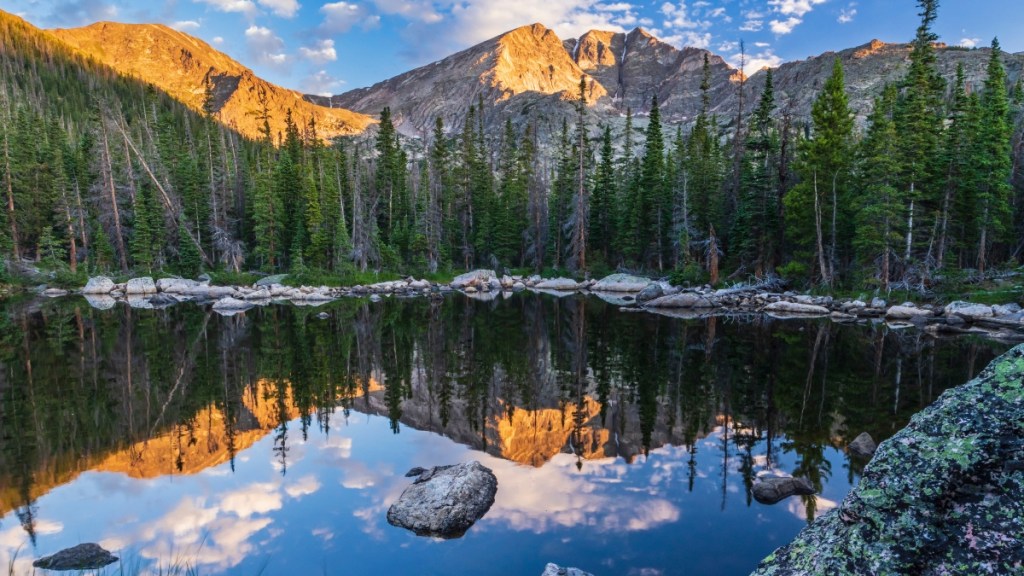
Whether you’ve been to a few national parks or it’s your first time visiting, the experience can sometimes seem daunting. “Do not be afraid to go outside your comfort zone,” assures Wright. “If you think a National Park is too intimidating, with tall mountains, fast running rivers, unpredictable wildlife and the like, it is. But the NPS has taken great efforts to make the parks safe!”
You’ll never know just how much you might enjoy a particular park until you’ve made a visit. With a bit of planning and research, you’re sure to have a great experience!
Entrance fees to the parks start at $10 per person, and at many you can even pay a flat fee of as little as $20 per car. For fees for specific parks, visit the NPS website for more information. Annual passes for seniors are just $20 for any and all parks you wish to visit! You can buy them online or in person at a participating park.
Find more tips for visiting the national parks on Wright’s website, ANationalParksQuest.com.
For more fun travel ideas, check out these stories:
RV-ing 101: What To Expect When You Buy and Travel by RV
A version of this article originally appeared in our print magazine, Woman’s World.










